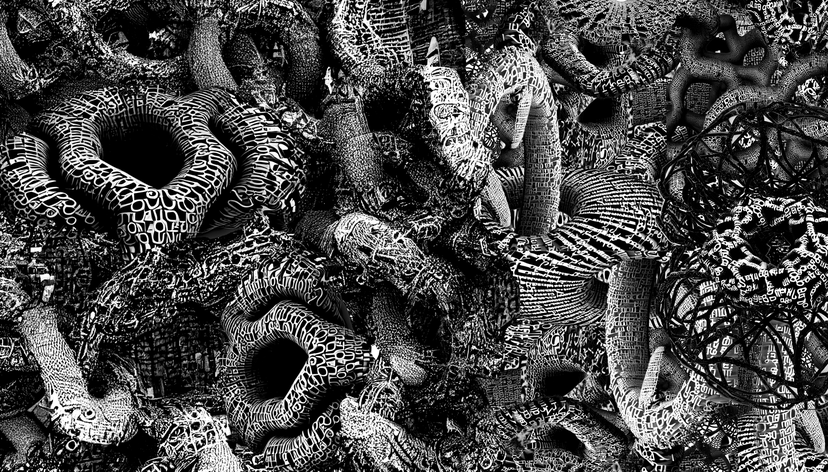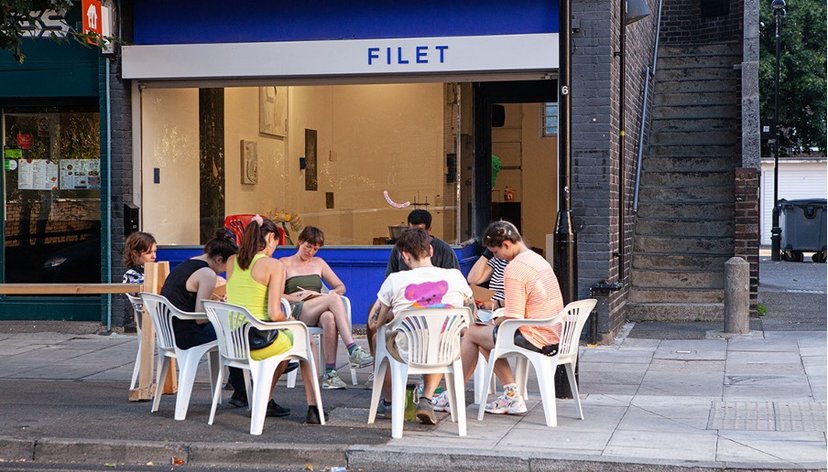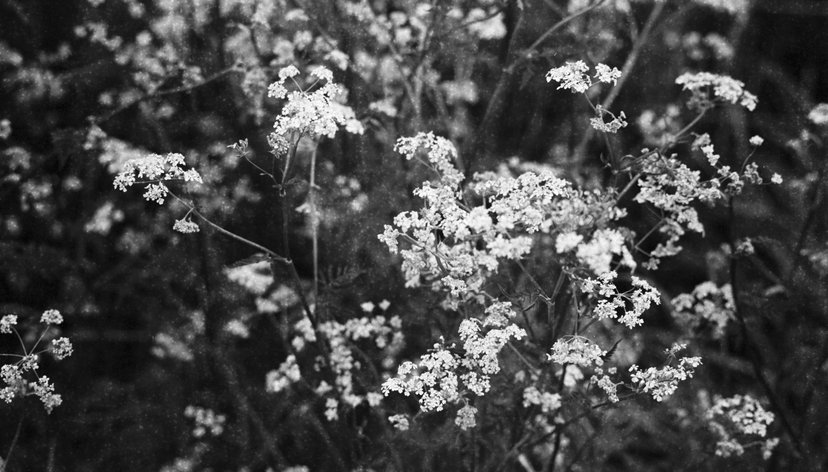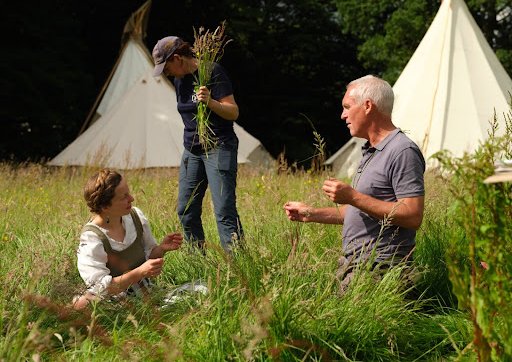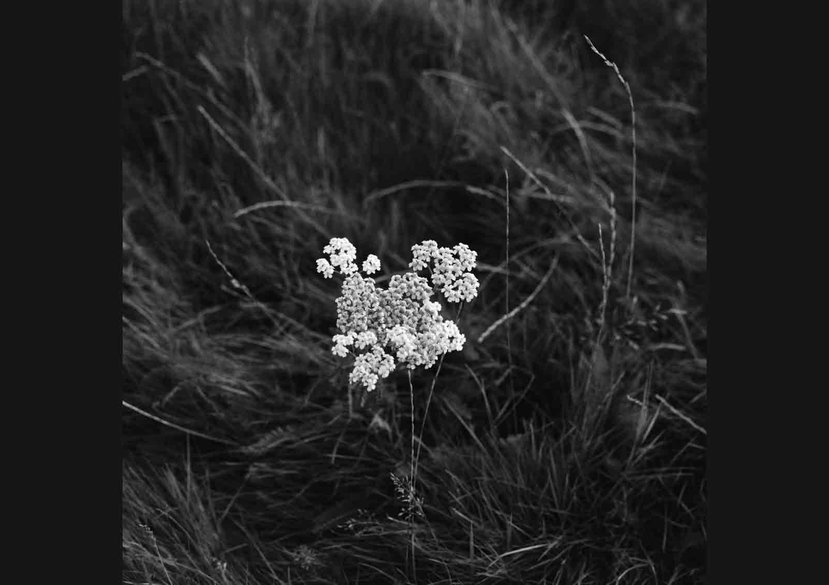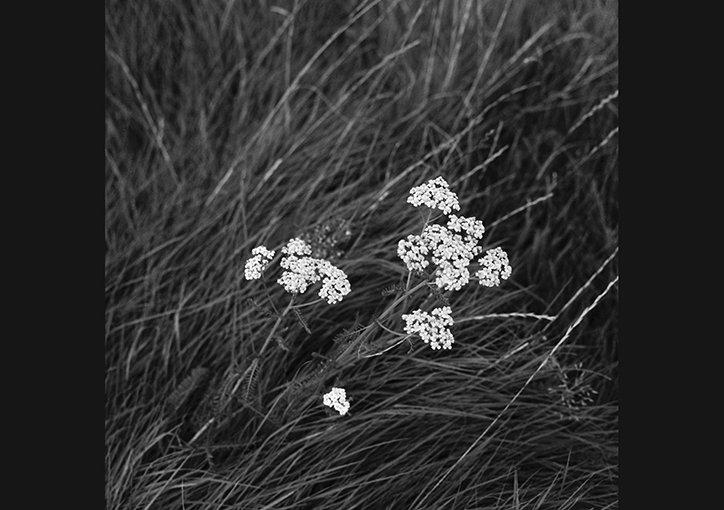
Jessica Potter is an artist and research tutor at the Royal College of Art. Her practice is sensitive to the acts and processes of life, labour, and care, considered through photography and language.
Jessica Potter completed a PhD by practice at the Royal College of Art in 2013 entitled The Photograph as a Site of Writing. Her current work considers questions of commonality alongside processes of description and encounter found in phenomenological thought and intersections of restorative ecological field research. Recent work engages early photographic processes, drawing and moving image to expand the relationship between language and landscape from erratic glacial rocks to meadow plants. Jessica is an editor at Copy Press, a member of the HCRC and the Centre for Art and Ecology at Goldsmiths College.
Key details
School, Centre or Area
Gallery
More information
Research interests
Underpinning Jessica’s research lies a concern with questions of commonality – what we share, our sensitivities and exposures – with each other and with the natural world. Her practice is sensitive to the acts and processes of life, labour, and care. Theoretically her research considers thinking and making that express a radical uncertainty – as explored through processes of description and through phenomenological forms of thought. Jessica is an editor at Copy Press and engages with acts of publishing that extend communities of reading and writing. Research projects develop site specific methodologies to expose the photograph as a site of encounter and expression of relation. Current work explores plant matter and gesture through extended series of lumen photographic prints.
Practice
Editor at Copy Press
The Seaweed Shop, Hastings
Adderstone Editions
Research funding
Coastal Currents, Hastings 2021
Current and recent projects
Mountain Song, Becoming Fireflies, Copy Press, 2024
Making of a Meadow, a midsummer field event, 2024
Labour Anonymous, Lives and Loves of Images, curated by David Campany, 2022
Walker Evans Revisited
Exhibition curated by David Campany as part of Bienalle Fur Aktuelle Fotografie, 2020 Mannheim.
Of all the celebrated photographers of the last century, the one who is most relevant today, and the one with the widest influence, is Walker Evans (1903 – 1975) was… concerned with the idea that photographic meaning is related to context, text and relations between images, whether on the gallery wall or on the pages of books and magazines. To be in control of one’s photographs means being in control of how they are presented and circulated in the world. So, as well as being a remarkable image maker, Evans was also an editor, writer and designer.
Walker Evans Revisited brings together two kinds of response from contemporary artists and photographers. Firstly, there is the continuation and extension of Evans’ ways of photographing everyday life. Secondly, the exhibition presents a variety of projects by artists responding very directly to particular images and projects by Evans. These range from appropriation and collage, to re-imaginings and homage.
https://2020.biennalefotografie.de/en/edition/exhibitions#kunsthalle
Rocks and Weeds, UCA Canterbury
Solo Exhibition consisting of installation of works and expanded workshops. This project presents series of silver gelatin and black and white reversal photographs of Glacial Erratic Rocks made in the Torridon region of the Highlands of Scotland. It is accompanied by the installation of a fernery and the work Outlier by Simon Pope. The exhibition considered human and more that human relationships to deep time and the material world through attending to and describing the qualities of glacial erratic rocks and ferns.
A Mass, A Gathering: A Fernery for Friendship. Ferns gather at Clarence Road, potted and arranged into a loose ensemble. They are chosen for their qualities and for the situation: semi shade – front garden terrace.
Ferns belong to a group named CRYPTOGAMIA, they are kin to mosses, lichens and liverworts. They quiver on dark and damp forest floors and cling to cracks. Ferns have no flowers; their form is their ornamentation. Division and segregation define their type through a multitude of possibilities. Their offspring emerge and catapult forth from the underside of their leaves – lines, dots, patterns or spores within which the seed lies. Ferns emerge, they extend, their forms elongating in opposite directions: the roots, the leaves and stems, unrolling, unravelling. They are a joy to discover, found in every corner and crevice.
“When little ferneries like these are constructed, only the commonest and most robust-growing ferns should be planted in them.” Shirley Hibbert
Publications, exhibitions, other outcomes
Forthcoming: Field Work, Exhibition catalogue essay for Mathias Hartmann
2022 Travelling Distances, Copy Press Readers Union event with performances and screening of Breece Honeycutt’s A Bird to Overhear
2022 Walker Evans Revisited, Museum of Helmond
https://museumhelmond.nl/en/exhibitions/walker-evans/
2021 A Mass, A Gathering, A Fernery for Friendship, Clarence Road, Hastings
2020 Walker Evans Revisited, Kunsthalle Mannheim
https://2020.biennalefotografie.de/edition/virtueller-rundgang/walker-evans-revisited
2019 Rocks and Weeds, Herbert Read Gallery, UCA Canterbury
https://www.uca.ac.uk/event-archive/galleries/herbert-read-gallery-rocks-and-weeds/
